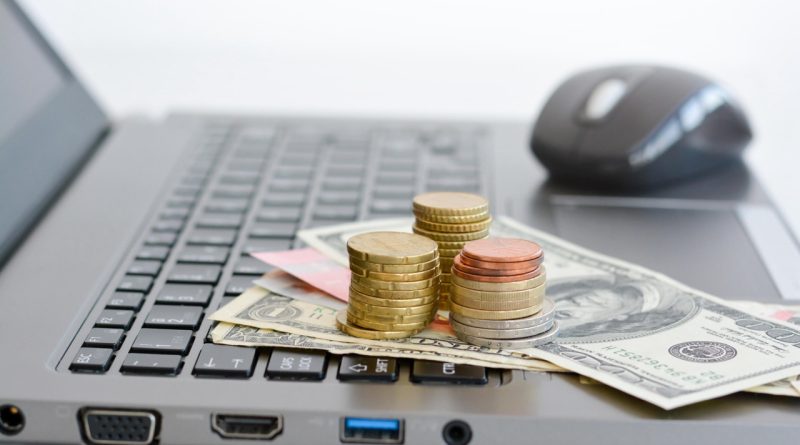How Inflation in 2025 Will Affect Your Monthly Utility Bills
Inflation is a persistent economic phenomenon that can significantly influence the cost of living, including essential services such as utilities. The year 2025 is projected to experience notable inflationary pressures, which will likely translate into higher monthly utility bills for consumers. Understanding the dynamics behind inflation and its specific impact on utility costs is crucial for households looking to manage their budgets effectively in the coming years. This article explores the factors driving utility price increases and offers strategies for consumers to mitigate their financial burden.
Understanding Inflation Trends and Their Impact on Utilities
Inflation refers to the general rise in prices of goods and services over time, eroding purchasing power and increasing expenses for consumers. Historical data shows that inflation can be influenced by various factors, including supply chain disruptions, changes in consumer demand, and adjustments in monetary policy. By 2025, inflation is expected to continue its upward trajectory, leading to increased costs across several sectors, including energy, water, and telecommunications. Consequently, households may find that their monthly utility bills reflect these inflationary trends, creating a financial strain that demands attention.
Utilities are affected by inflation in multiple ways. For instance, energy prices are often tied to the cost of raw materials such as oil and natural gas, which can rise due to geopolitical tensions or global supply issues. Additionally, utility companies may face increased operational costs, including labor and maintenance expenses, prompting them to pass these costs onto consumers. As these pressures accumulate, households may see significant hikes in their monthly utility expenses, necessitating proactive measures to manage their budgets effectively.
Key Factors Driving Utility Bill Increases in 2025
Several factors are poised to contribute to rising utility bills in 2025. One major driver is the ongoing transition to renewable energy sources, which, while beneficial for the environment, can initially lead to increased costs for infrastructure development and maintenance. Utility providers investing in green technology may pass these costs along to customers, resulting in higher electricity rates as the industry adapts to new regulations and market dynamics. Furthermore, the demand for electricity is expected to rise as more households adopt electric vehicles and smart home technologies, further straining the existing grid and potentially elevating costs.
Another significant factor is inflationary pressures stemming from the broader economic landscape. The Federal Reserve’s policies, consumer spending habits, and global economic conditions will heavily influence inflation rates. If inflation remains high, utility companies may face ongoing pressures to increase rates to maintain profitability and service quality. This combination of rising demand and operational costs may lead to consumers experiencing substantial increases in their monthly utility bills, making it essential to prepare adequately for these changes.
Strategies to Manage Rising Utility Costs Effectively
To navigate the challenges posed by rising utility costs, consumers can adopt several strategies aimed at reducing their monthly expenses. One effective approach is to conduct a comprehensive energy audit of the home, identifying areas where energy consumption can be reduced. Simple measures, such as sealing leaks, upgrading insulation, and using energy-efficient appliances, can significantly lower energy usage. Additionally, consumers should consider switching to a time-of-use pricing plan, which allows them to save money by using electricity during off-peak hours when rates are lower.
Another important strategy is to stay informed about utility rates and available assistance programs. Many utility companies provide resources to help consumers understand their bills better and identify potential savings. By taking advantage of budget billing programs, consumers can spread their utility costs more evenly throughout the year, mitigating the impact of seasonal price fluctuations. Moreover, engaging with local government initiatives aimed at promoting energy efficiency can lead to further savings and incentives for consumers aiming to reduce their utility expenses.
Preparing for Future Inflation: What Consumers Can Do
As inflationary pressures continue to shape the economic landscape, consumers must be proactive in preparing for potential future increases in utility costs. One of the most effective ways to achieve this is by establishing a dedicated budget for utilities and carefully monitoring expenditures over time. By tracking monthly utility bills and identifying spending patterns, consumers can pinpoint areas where they can cut back or invest in energy-saving solutions. This heightened awareness enables households to adapt their budgets more flexibly as utility prices fluctuate in response to inflation.
Additionally, consumers should consider investing in renewable energy solutions, such as solar panels, which can provide a long-term hedge against rising electricity costs. While the initial investment may be significant, the long-term savings on utility bills and potential tax incentives can offset these costs over time. Engaging in community energy programs or exploring group purchasing options for renewable energy can also reduce costs, promoting both economic and environmental benefits. By taking these proactive steps, consumers can position themselves to better manage the impacts of inflation on their monthly utility bills.
In conclusion, the anticipated inflation in 2025 poses challenges for consumers, particularly concerning rising utility bills. Understanding the underlying trends and factors driving these increases is essential for effective financial planning. By adopting strategies to manage costs and preparing for future inflation, households can mitigate the financial impact and maintain greater control over their utility expenses. As inflation continues to evolve, staying informed and proactive will be key to navigating this complex economic landscape.
